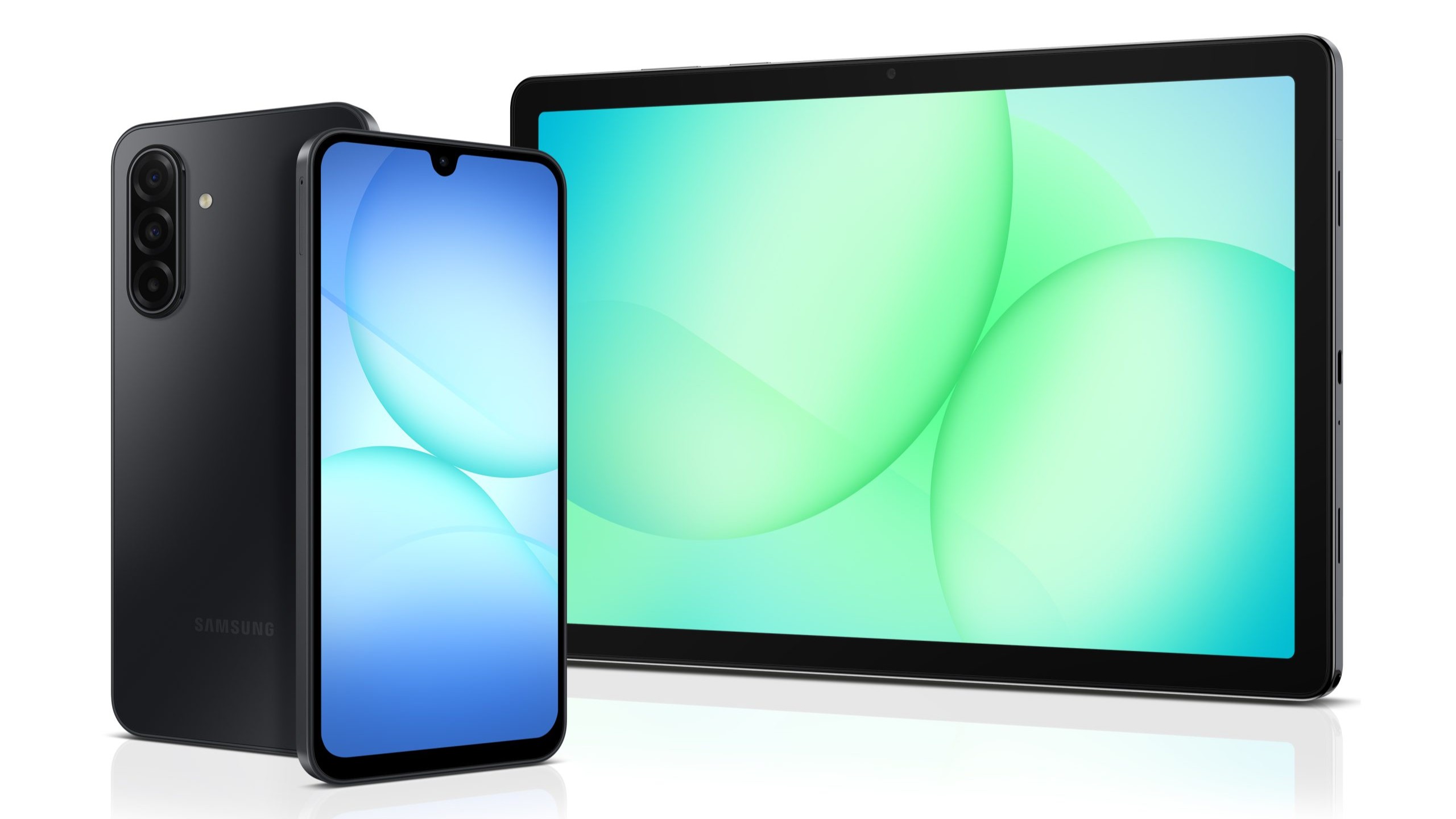News Weekly: Wear OS 5 is coming, TikTok's days are numbered, Meta's big AI upgrade
Here's what you may have missed this week in the news.
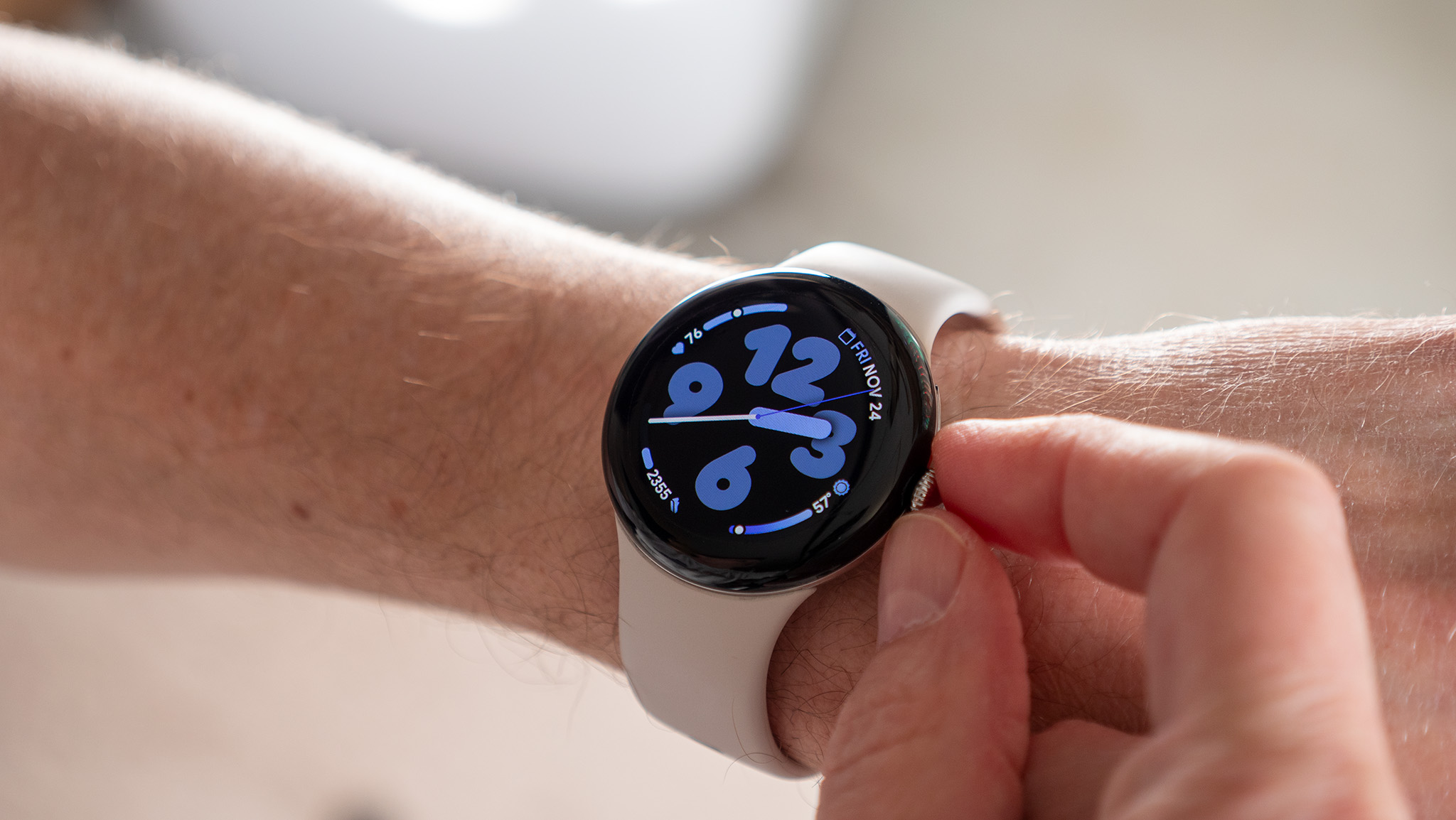

News Weekly is our column, where we highlight and summarize some of the week's top stories so you can catch up on the latest tech news.
This is Android Central's News Weekly, your go-to source for a concise roundup of the week's most significant tech stories. This is where we delve into the top headlines that provide the latest developments and innovations contributing to the digital landscape.
This week, the U.S. government signed a bill into law that could lead to a nationwide ban of TikTok, X plans to take on YouTube with its own smart TV app, Google revealed the I/O 2024 schedule with some news on the next major version of Wear OS, a major update to the Ray-Ban Meta smart glasses brings useful AI features, and HMD revealed its first non-Nokia-branded smartphones.
The jump to Wear OS 5

Read more here.
Google I/O 2024 is set for mid-May, and with it, we will hear a lot about what the company has planned for the upcoming year in terms of hardware and software. With the schedule now out, we have a glimpse of what will be discussed at the event, including the next version of Wear OS.
Wear OS 3 marked a resurgence for Google's Wear OS, and since then, the company has continued to make efforts to improve it. With Wear OS 5 now confirmed to be present at I/O 2024, it seems Google is ready to push to the next major version. This differs from the past few years when the platform went from Wear OS 3 to 3.5 and then to Wear OS 4. Now, like Apple's WatchOS platform, Wear OS will apparently start making early version jumps, which is a good sign for the platform.
What will we see? So far, there's not much to go on, but Google has hinted at some things, like an update to the Watch Face Format, which helps developers create more battery-friendly watch faces. But we'll have to wait and see what else we get when I/O starts.
TikTok could be banned in less than a year
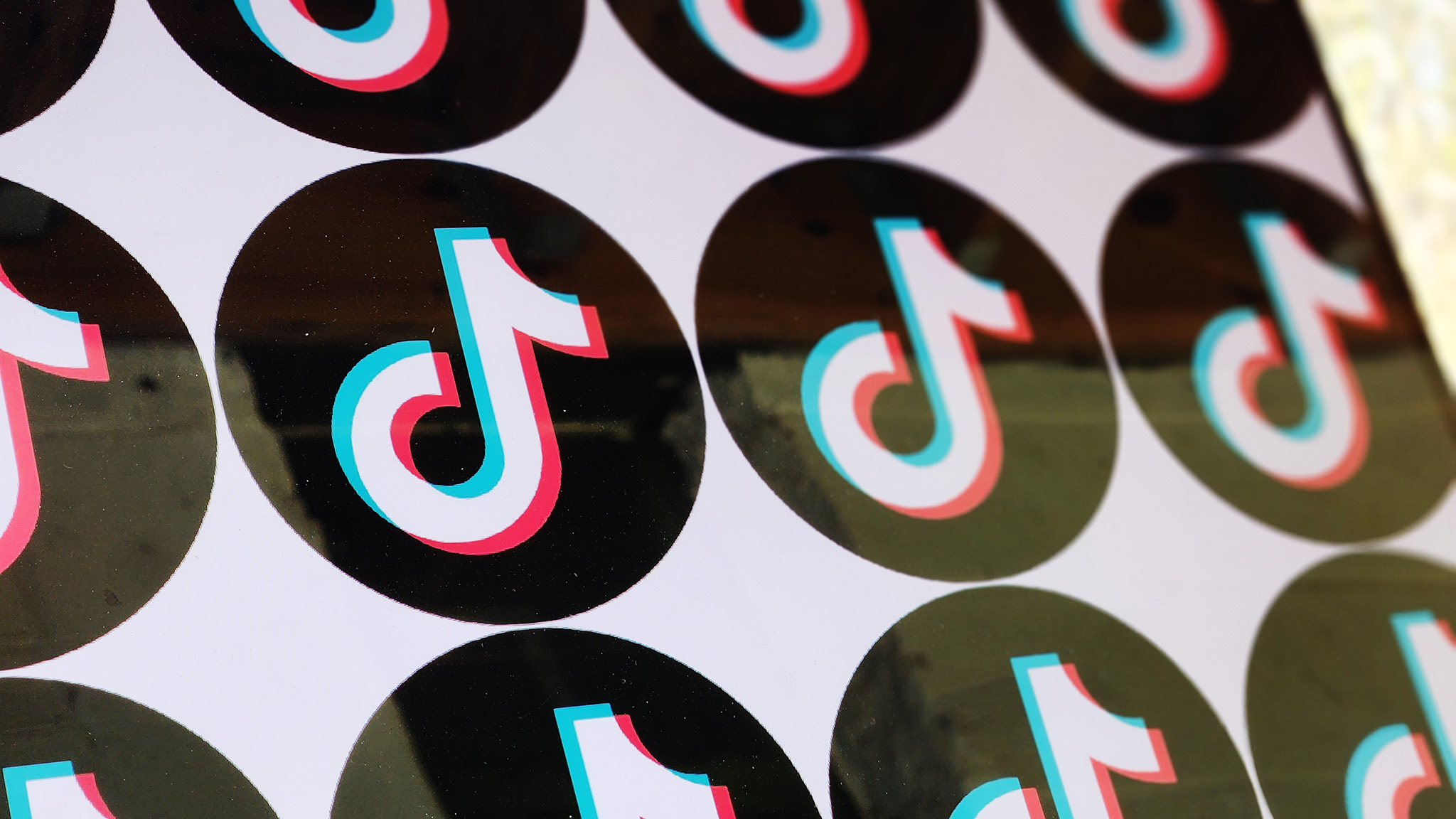
Read more here.
Get the latest news from Android Central, your trusted companion in the world of Android
It's finally happened. After years of battling the global phenomenon of TikTok, the U.S. government has issued a bill that is set to ban the app nationwide. After passing through the Senate and House, President Biden signed the bill into law, which gives TikTok owner ByteDance 270 days to sell the app, thus cutting it from its ties to the Chinese government. If that doesn't happen, then Google and Apple will no longer be able to offer the app within their respective app stores.
TikTok CEO Shou Chew has long defended the company, saying it has spent billions of dollars to protect American data. He took to the platform after the bill was signed, calling it "unconstitutional" and indicating that TikTok plans to fight back.
There is still plenty of time before the deadline, so this could go either way, but it doesn't look good for TikTok in the U.S., especially since ByteDance has reportedly indicated that it does not plan to sell the app.
Meta's smart glasses get even smarter

Read more here.
The Ray-Ban Meta smart glasses are already pretty excellent, but Meta just dropped a huge update that brings more smarts to its glasses. The update now lets users engage in POV-style video calling via WhatsApp and Messenger, but that's not even the best part.
With the built-in camera and support for multimodal AI via Meta AI, owners of the Ray-Ban Meta smart glasses can now ask their glasses questions about what they're seeing. This includes translating menus, creating recipes, learning more about specific animals or buildings, and much more. It's like Google Lens on your face, and without having to pull your phone out of your pocket.
The update is only available in the U.S. and Canada, but it makes an already great pair of smart glasses so much better, notably as we wait for Meta's next AR glasses to debut sometime in the near-ish future.
X is going after YouTube with a TV app
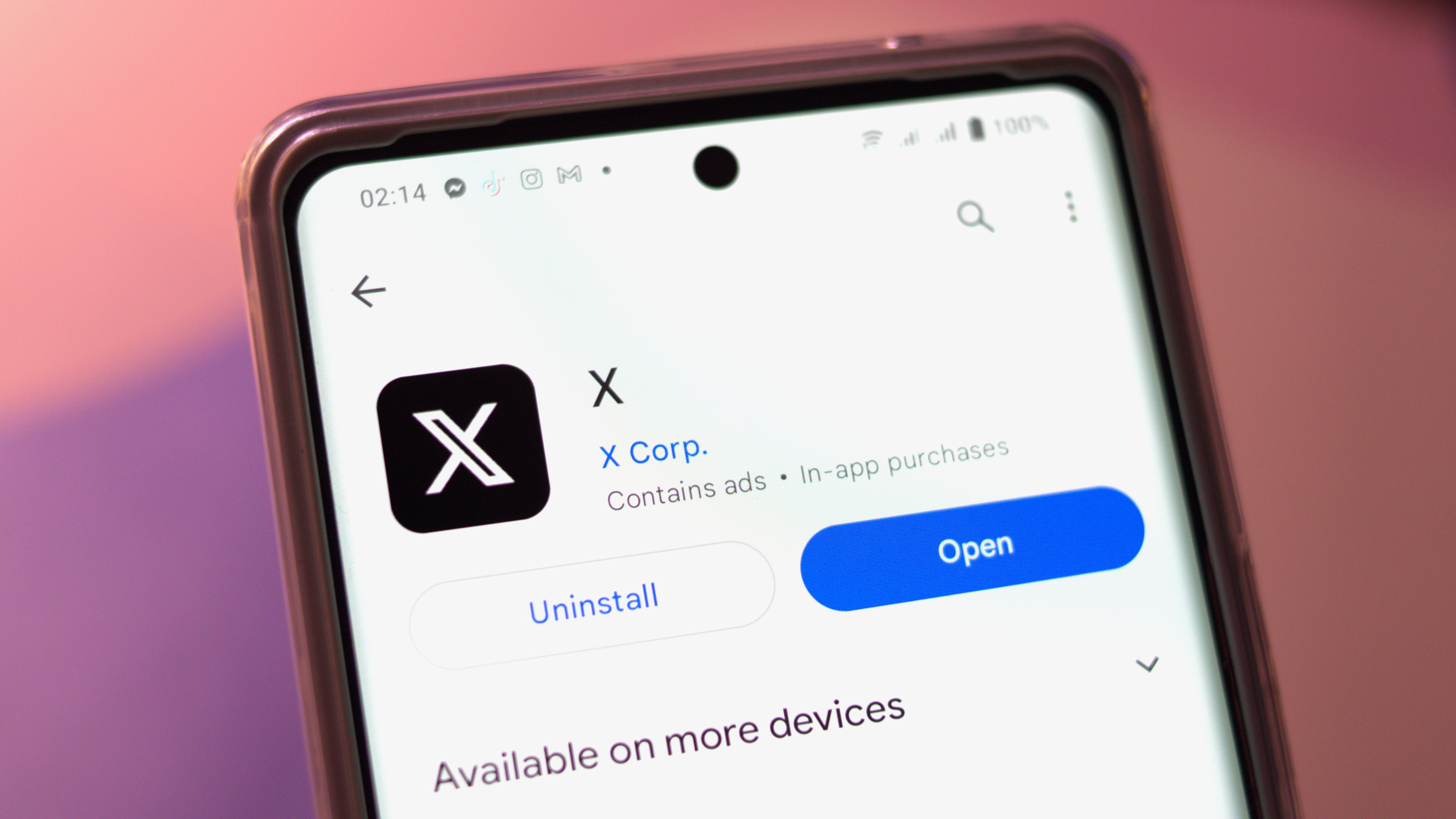
Read more here.
For more X randomness, the platform, formerly known as Twitter, is preparing to launch a smart TV app. Why? Why not? X CEO Linda Yaccarino posted a short video on X showing off a bit of the app, which will be centered on video content, not unlike YouTube. She said the app will be your "go-to companion for a high-quality, immersive entertainment experience on a larger screen" and that it will feature trending videos, enhanced search, and AI-powered topics to help personalize the experience.
The app will also work across devices, so you should be able to start a video on your phone and continue it on your TV, or you can just cast videos from your phone to the TV if you prefer.
The app is still in the works, but it will apparently be widely available soon. Does it have what it takes to replace YouTube on your TV? Who knows.
HMD Global does its own thing
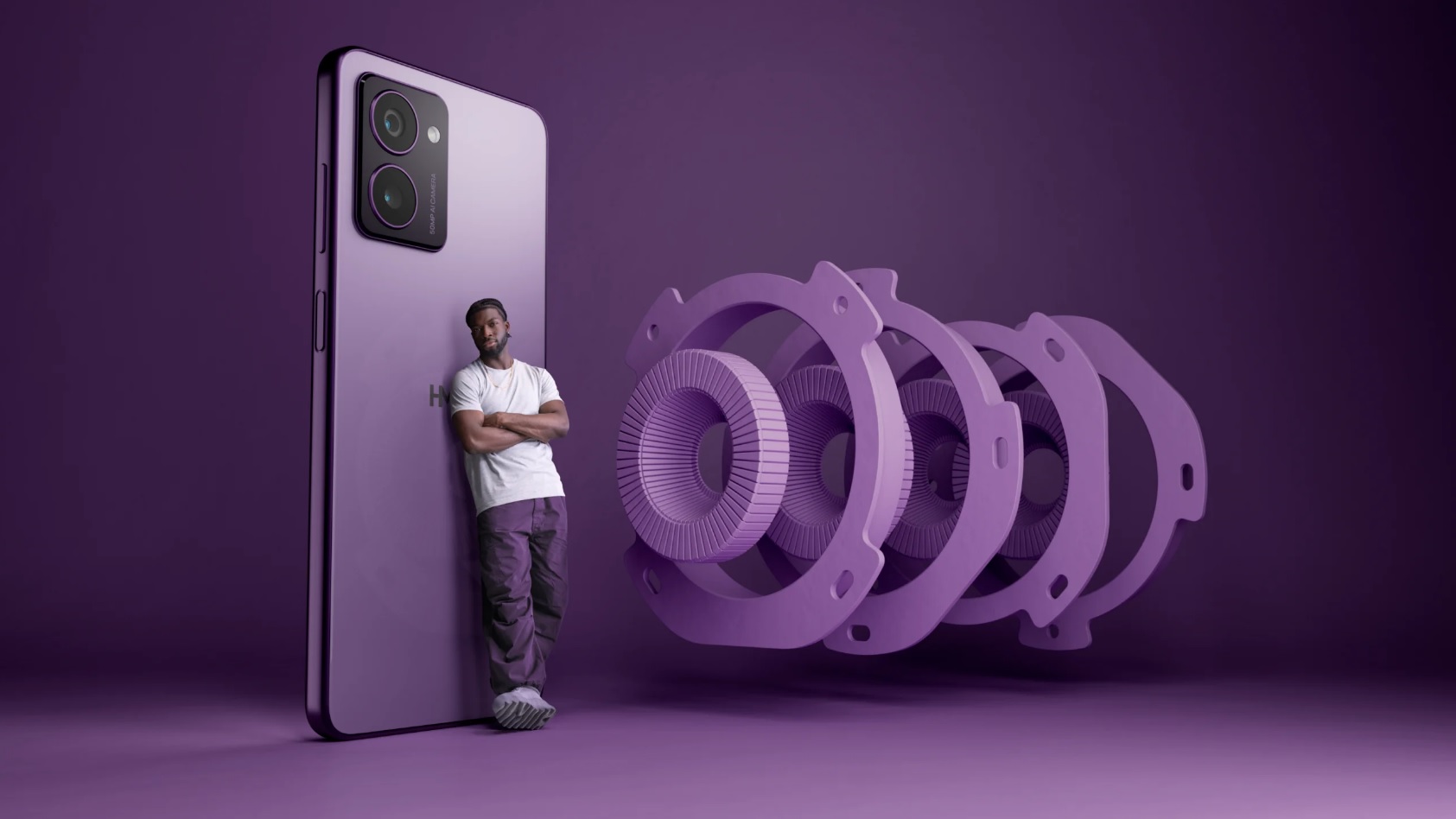
Read more here.
Nokia is getting pushed aside as the first HMD Global-branded phones were just launched. The company's new Pulse lineup consists of three phones that are offered in vibrant colors. The top model is the HMD Pulse Pro, although it offers roughly mid-range/budget specs, likely to keep the price down. It has an HD+ display with a 50MP dual-camera setup, a 5,000mAh battery with 20W charging support, and 6GB of RAM. The phone is powered by a Unisoc chipset and runs Android 14 with a promise of two OS upgrades (we're looking at you, Motorola).
The Pulse Plus and Pulse both also sport HD+ displays, 5,000mAh batteries, and 10W charging, but the Plus gets a 50MP camera, while the Pulse settles for a 13MP shooter. They use the same Unisoc chipset but with 4GB of RAM in addition to 128GB and 64GB of expandable storage for the Plus and Pulse, respectively.
All phones only support 4G connectivity, which is a little disappointing in 2024, especially for the first HMD-branded phones. The devices also aren't available in North America at the moment, but a separate HMD Vibe is set to arrive at some point at a very affordable price.
Those are some of the biggest stories from this week. Meanwhile, here are some other stories that are worth catching up on:
- Major Google Pixel 8a leaks highlight features and software update promise
- We may know when the summer Galaxy Unpacked launch will happen
- Android 15 has a new dark mode switch with the same old problems
- The Vivo X100 series is making its global debut with impressive camera gear
- FCC votes to restore net neutrality and is set to begin regulating ISPs
- Rumored Pixel Tablet relaunch could finally bring long-awaited accessories
- Google really needs to launch a new Nest Hub Max, and it might just happen
- The Ayaneo Pocket S is incredibly powerful and incredibly expensive
- YouTube TV drops a new NFL Sunday Ticket deal to celebrate the Draft
- Galaxy Watch 7 rumor puts blood sugar monitoring back on the table

Derrek is the managing editor of Android Central, helping to guide the site's editorial content and direction to reach and resonate with readers, old and new, who are just as passionate about tech as we are. He's been obsessed with mobile technology since he was 12, when he discovered the Nokia N90, and his love of flip phones and new form factors continues to this day. As a fitness enthusiast, he has always been curious about the intersection of tech and fitness. When he's not working, he's probably working out.
You must confirm your public display name before commenting
Please logout and then login again, you will then be prompted to enter your display name.
